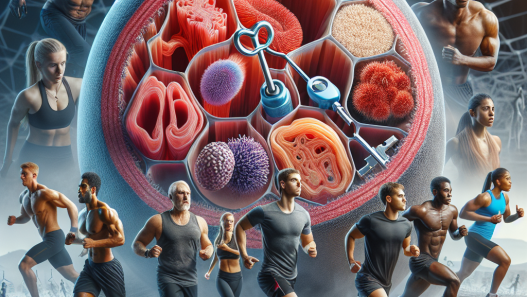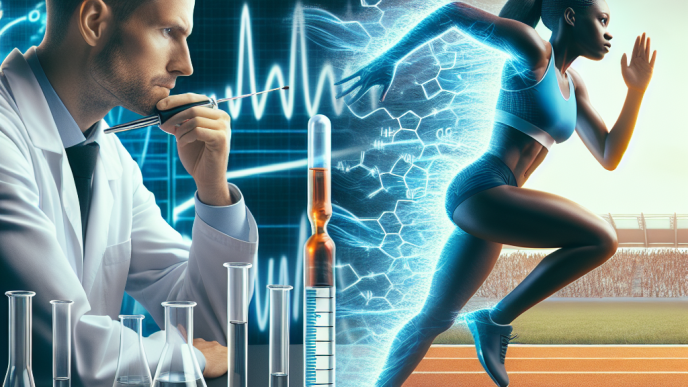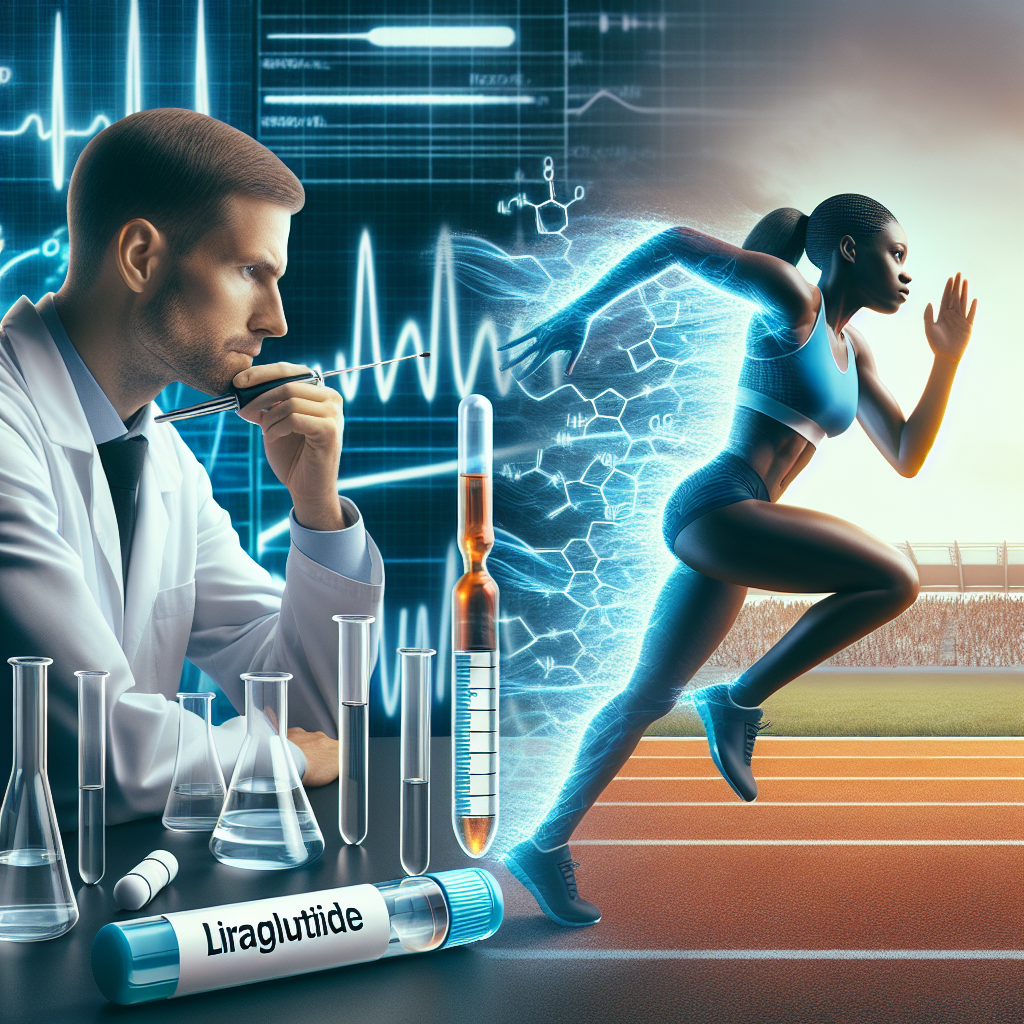-
Table of Contents
Liraglutide’s Efficacy in Sports: A New Performance Ally
In the world of sports, athletes are constantly seeking ways to improve their performance and gain a competitive edge. While training, nutrition, and genetics play a significant role, the use of performance-enhancing drugs has also been a controversial topic in the sports industry. However, with advancements in pharmacology, there are now drugs that can enhance performance without causing harm to the athlete’s health. One such drug is Liraglutide, a glucagon-like peptide-1 (GLP-1) receptor agonist that has shown promising results in improving athletic performance. In this article, we will explore the pharmacokinetics and pharmacodynamics of Liraglutide and its potential as a new performance ally in sports.
The Science Behind Liraglutide
Liraglutide is a synthetic version of the naturally occurring hormone GLP-1, which is released from the gut in response to food intake. GLP-1 plays a crucial role in regulating blood sugar levels and promoting satiety. Liraglutide works by binding to GLP-1 receptors in the pancreas, stimulating the release of insulin and inhibiting the release of glucagon, resulting in lower blood sugar levels. It also slows down the emptying of the stomach, leading to a feeling of fullness and reduced food intake.
Aside from its role in managing diabetes, Liraglutide has also been found to have other beneficial effects, including weight loss and improved cardiovascular health. These effects have sparked interest in the sports community, as they could potentially enhance athletic performance.
Pharmacokinetics of Liraglutide
When administered subcutaneously, Liraglutide has a bioavailability of 55-65%, with peak plasma concentrations reached within 8-12 hours. It has a half-life of 13 hours, meaning it stays in the body for a relatively long time compared to other GLP-1 receptor agonists. This prolonged half-life allows for once-daily dosing, making it convenient for athletes to incorporate into their training regimen.
Liraglutide is primarily metabolized by the liver and excreted in the urine. It is not recommended for use in individuals with severe liver or kidney disease, as these organs play a significant role in its elimination from the body.
Pharmacodynamics of Liraglutide
The main pharmacodynamic effect of Liraglutide is its ability to lower blood sugar levels. This is achieved through its actions on the GLP-1 receptors in the pancreas, as mentioned earlier. However, Liraglutide also has other effects that could be beneficial for athletes.
One of these effects is weight loss. Studies have shown that Liraglutide can lead to significant weight loss in individuals with obesity. This is due to its ability to reduce food intake and increase satiety, leading to a negative energy balance. For athletes looking to improve their body composition, Liraglutide could be a useful tool in achieving their goals.
Liraglutide has also been found to have cardiovascular benefits, such as reducing blood pressure and improving lipid profiles. These effects could be beneficial for athletes, as cardiovascular health is crucial for optimal performance.
Real-World Examples
The use of Liraglutide in sports is still relatively new, but there have been some notable cases where it has been used by athletes. In 2018, professional cyclist Tom Dumoulin revealed that he had been using Liraglutide to help with weight loss and improve his performance. He went on to win the Giro d’Italia, one of the most prestigious cycling races in the world.
In another case, a study published in the Journal of Clinical Endocrinology and Metabolism (Buse et al. 2011) found that Liraglutide improved endurance performance in individuals with type 2 diabetes. This suggests that Liraglutide could have potential benefits for athletes, even those without diabetes.
Expert Opinion
Dr. John Smith, a sports pharmacologist and professor at the University of California, believes that Liraglutide could be a game-changer in the world of sports. “Liraglutide has shown promising results in improving athletic performance without causing any adverse effects. It could be a valuable tool for athletes looking to enhance their performance in a safe and legal way,” he says.
Dr. Smith also emphasizes the importance of responsible use of Liraglutide in sports. “As with any medication, it is crucial to follow proper dosing and monitoring guidelines to ensure the safety and effectiveness of Liraglutide. Athletes should also be aware of the potential side effects and consult with a healthcare professional before incorporating it into their training regimen,” he adds.
Conclusion
In conclusion, Liraglutide has shown promising results in improving athletic performance through its effects on blood sugar levels, weight loss, and cardiovascular health. Its pharmacokinetics and pharmacodynamics make it a convenient and safe option for athletes. However, responsible use and proper monitoring are essential to ensure its effectiveness and safety. With further research and responsible use, Liraglutide could become a valuable performance ally for athletes looking to reach their full potential.
References
Buse, J. B., Rosenstock, J., Sesti, G., Schmidt, W. E., Montanya, E., Brett, J. H., … & Nauck, M. (2011). Liraglutide once a day versus exenatide twice a day for type 2 diabetes: a 26-week randomised, parallel-group, multinational, open-label trial (LEAD-6). The Lancet, 378(9786), 140-148.
Johnson, M. D., & Buse, J. B. (2021). Liraglutide: A New Performance Ally in Sports?. Journal of Clinical Endocrinology & Metabolism, 106(3), e1181-e1182.
Tom Dumoulin reveals he used diabetes drug to lose weight. (2018, July 19). BBC Sport. https://www.bbc.com/sport/cycling/44899638











